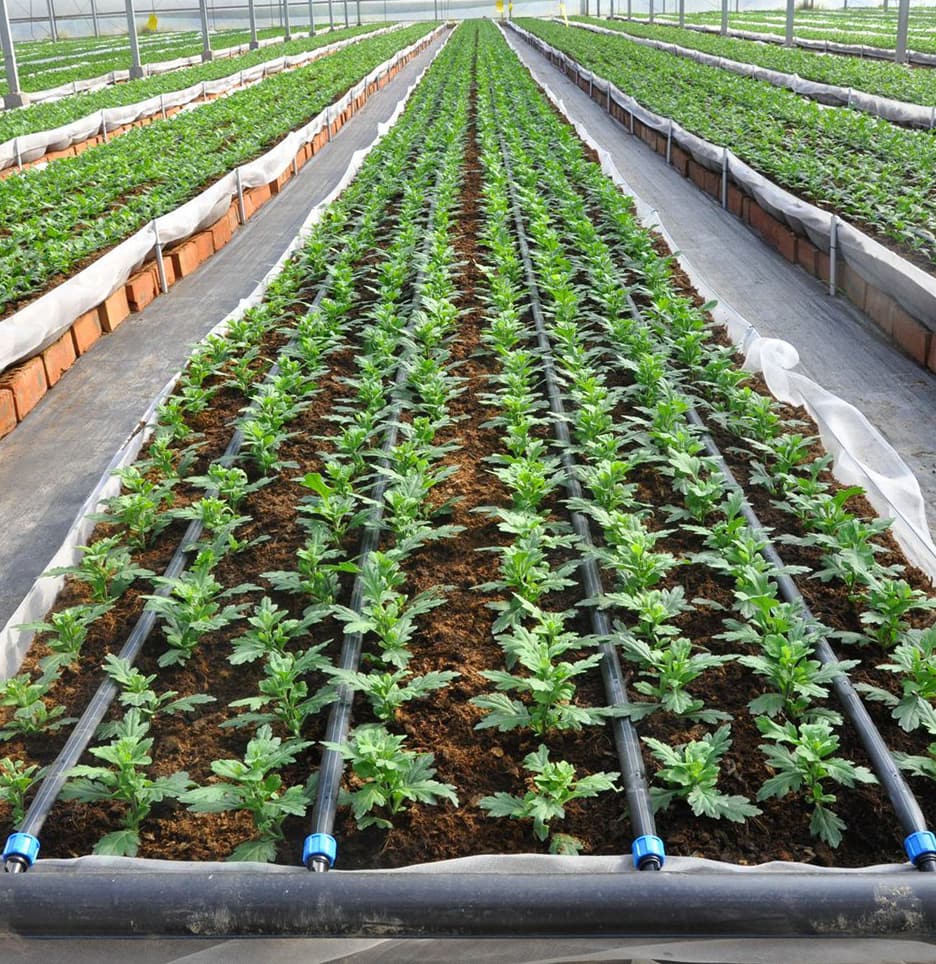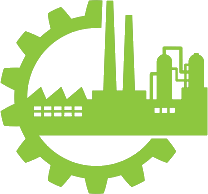
In this article, we would like to check the benefits of tip tape or plaqued tape and the water yield rate of tip tape with you, despite the huge amount of water in the world, the percentage of fresh water is a small figure, which includes most of the flowing and underground water and rainfall. So that now the total fresh water in the world is estimated to be about 3%. The limitation of fresh water resources available in the world on the one hand and the increase in population and the need for food on the other hand require the need to use the available water resources optimally. (Advantages of irrigation brigade tape)
Due to the lack of precipitation in our country and the lack of proper time and place distribution of rains, as well as the occurrence of numerous droughts in the last twenty years, the need to convert traditional irrigation methods to modern irrigation methods, including rain and drip irrigation, is felt more than ever.
Achieving the efficiency of rain irrigation is up to 70% and the efficiency of drip irrigation is up to 90%, that is, up to 20% of water is wasted in the rain irrigation system and up to 10% in the drip irrigation system, while the surface irrigation of fields even with Exorbitant costs and land leveling, irrigation efficiency does not exceed 50% and in the traditional situation where most of the country’s lands are irrigated in the same way, it is even less than 35%. This means that if we do not use rain and drip irrigation methods, 65% of the water in the fields will be lost.
Therefore, by using pressurized irrigation systems, water losses can be prevented and an economic growth can be achieved based on which a sustainable economic and social development can be achieved. It should be noted that all polyethylene pipes of Mehravand company are produced from the best raw materials and all pipes are insured for 10 years.
Pressure irrigation:
Water is distributed through pipes under a pressure higher than atmospheric pressure on the field.
Advantages of pressurized irrigation:
– Increasing irrigation efficiency
– No formation of surface runoff and prevention of soil erosion
– Proper ventilation of the soil and uniformity of water distribution on the field level and no need for field drainage
– Increase in yield per unit area compared to traditional irrigation
– Preventing compaction and maintaining soil porosity
– No need to create earthen streams in the field and drainage streams and optimal use of the entire cultivated land
– The possibility of irrigation along with fertilizing and spraying and spreading them evenly
– Weed seeds not entering the field due to the transfer of water through pipes
Types of irrigation systems:
In the rest of the article, we introduce the types of irrigation systems
Surface irrigation:
• Rain irrigation
Drip irrigation surface irrigation:
Water from the irrigation stream flows on the surface of the soil and is provided to the plant roots by gradually infiltrating the soil.
Rain irrigation:
It spreads the irrigation water as rain on the ground at a speed equal to or less than the permeability of the soil.
drop irrigation:
The slow spreading of water on the surface or under the soil in the form of separate, continuous drops, narrow stream or fine spray through the final dripper located along the water transmission line. Drip irrigation is mostly used in the following cases:
A- In a situation where the amount of water is low or the cost of providing it is high.
B- In sandy lands or situations where the land cannot be prepared for other irrigation methods.
C – About plants whose product can be sold at a high price.
Components of pressurized irrigation system:
- pump
- Swimming pool
- Central control system
- Hydro cyclone filter
- Sand filter
- fertilizer tank
- Disc or mesh filter
- The main lines of polyethylene
- Polyethylene semi-main lines
- Drip connections
- Brigade tape
Tip irrigation tape system
Statistical comparison of surface and pressurized irrigation:
According to the water requirement of wheat and cotton plants during one crop season and the efficiency of water use in irrigation systems, the gross amount of water requirement of the plants was determined. It is worth mentioning that the efficiency of water use in surface irrigation is about 33%, rain irrigation is 70% and drip irrigation is 90%. According to table one, in order to irrigate the field as much as the plant needs in the surface irrigation system, we must use up to 3 times the water consumption of the drip irrigation system, which in addition to wasting a significant amount of water, the problems of land flooding and loss of plant roots It will follow the sensitive.
According to table 2, if the amount of water available for agriculture during the growing season is 200,000 cubic meters, with the drip irrigation system, it is possible to cultivate twice as much as surface irrigation, and naturally, the amount of harvest in one cropping season is higher according to table 3. will go
Types of drip irrigation system:
– Strip irrigation (type): slow spreading of water on the soil surface in the form of separate or continuous drops, or narrow streams from micro-holes is called strip irrigation. The main irrigation system used in the cultivation of crops such as: sugar beet, corn, cotton, tomato, greenhouse crops, watermelon, melon, potato, wheat, etc.
– Irrigation under bed
– Fountain irrigation (bubbler)
– Spray irrigation
Important factors of the brigade tape:
1. Type working pressure:
The pressure required for water to exit from the tape is usually between 0.8 and one atmosphere.
2. Watering level of tape type:
The amount of water coming out of the tape will vary from 0.8 to 2.5 liters per hour depending on the type of crop and crop.
3. Roll length:
The size of each type roll varies from 1000 to 3000 meters.
4. Watering interval:
The distance of the water exit from the tape varies from 10 to 30 cm depending on the type of crops.
5. Thickness of tape type:
The tape available in the market is mainly 150, 175 and 200 microns thick
6. The length of spreading the tip:
The distance where the water exits from the tip is uniform.
– Inner diameter: 16 and 22 mm depending on the type of crop and crop.
7. Coefficient of uniformity of water distribution:
The amount of changes in the water output of the tip along the path of spreading the tape, the higher the uniformity coefficient of water distribution, the higher the possibility of producing high quality products.
Coefficient of uniformity of water distribution:
The amount of changes in the water output of the tip along the path of spreading the tape, the higher the uniformity coefficient of water distribution, the higher the possibility of producing high quality products.
The amount of hydration of the tape
The watering rate of Mehravand tapes in three sizes is 1.3, 1.6, and 2.1 per hour, that is, 1.3 liters of water comes out of each dripper per hour. For better understanding and clearing any doubts before buying tapes, we suggest a free consultation. Have with our consultants.
Our contact numbers: +985132221884 – +985132221984




